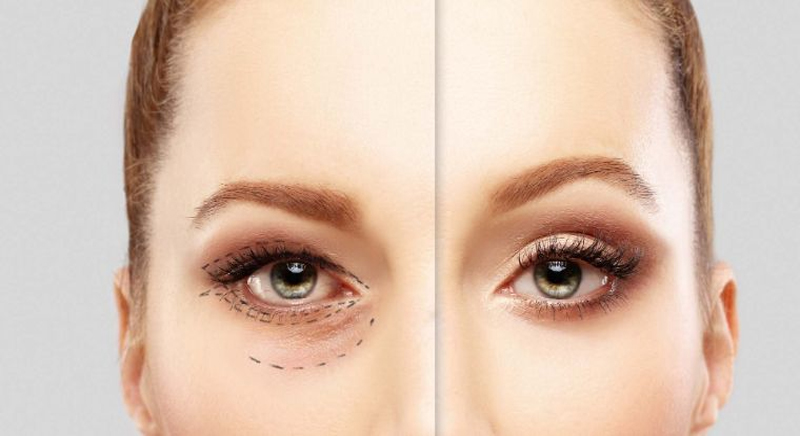
Blepharoplasty
Blepharoplasty: The Eye-Opening Surgery
Blepharoplasty, also known as eyelid surgery, is a cosmetic procedure that involves the removal of excess skin, muscle, and fat from the upper or lower eyelids. The goal of the procedure is to improve the appearance of the eyes by making them look more youthful, alert, and refreshed.
While blepharoplasty is primarily a cosmetic procedure, it can also have functional benefits for those who have sagging or drooping eyelids that obstruct their vision. In this blog post, we’ll discuss the various aspects of blepharoplasty, including who it’s for, how it’s performed, and what to expect during recovery.
Who Is a Good Candidate for Blepharoplasty?
The ideal candidate for blepharoplasty is someone who is in good overall health, has realistic expectations for the procedure, and is bothered by sagging or drooping eyelids. It’s also important that the candidate has a stable vision prescription and does not have any underlying medical conditions that could interfere with the healing process.
In addition to the physical criteria, the candidate should also have a good understanding of what the procedure entails and what the potential risks and benefits are. This will involve consulting with a qualified plastic surgeon, who can assess the individual’s specific needs and goals and determine whether blepharoplasty is the right choice.
How Is Blepharoplasty Performed?
Blepharoplasty is typically performed under local anesthesia with sedation or general anesthesia, depending on the extent of the surgery and the patient’s preference. The procedure usually takes between one to three hours, depending on whether both upper and lower eyelids are being treated.
During the surgery, the plastic surgeon will make incisions in the natural creases of the eyelids or just below the lash line. They will then remove excess skin, muscle, and fat as needed, and reposition or tighten the remaining tissue to create a more youthful and natural-looking appearance.
What to Expect During Recovery?
After the procedure, patients can expect some swelling, bruising, and discomfort in the eye area. Cold compresses and pain medication can help alleviate these symptoms, and patients are usually advised to keep their head elevated and avoid strenuous activity for the first few days after surgery.
Most patients can return to work and other regular activities within a week or two, although some bruising and swelling may persist for several weeks. It’s important to follow the surgeon’s post-operative instructions carefully to ensure a smooth and successful recovery.
In conclusion, blepharoplasty is a safe and effective way to improve the appearance of the eyes and restore a more youthful and refreshed look. By understanding the risks and benefits of the procedure and working with a qualified plastic surgeon, patients can achieve the results they desire and enjoy the many benefits of this eye-opening surgery.
Get In Touch


